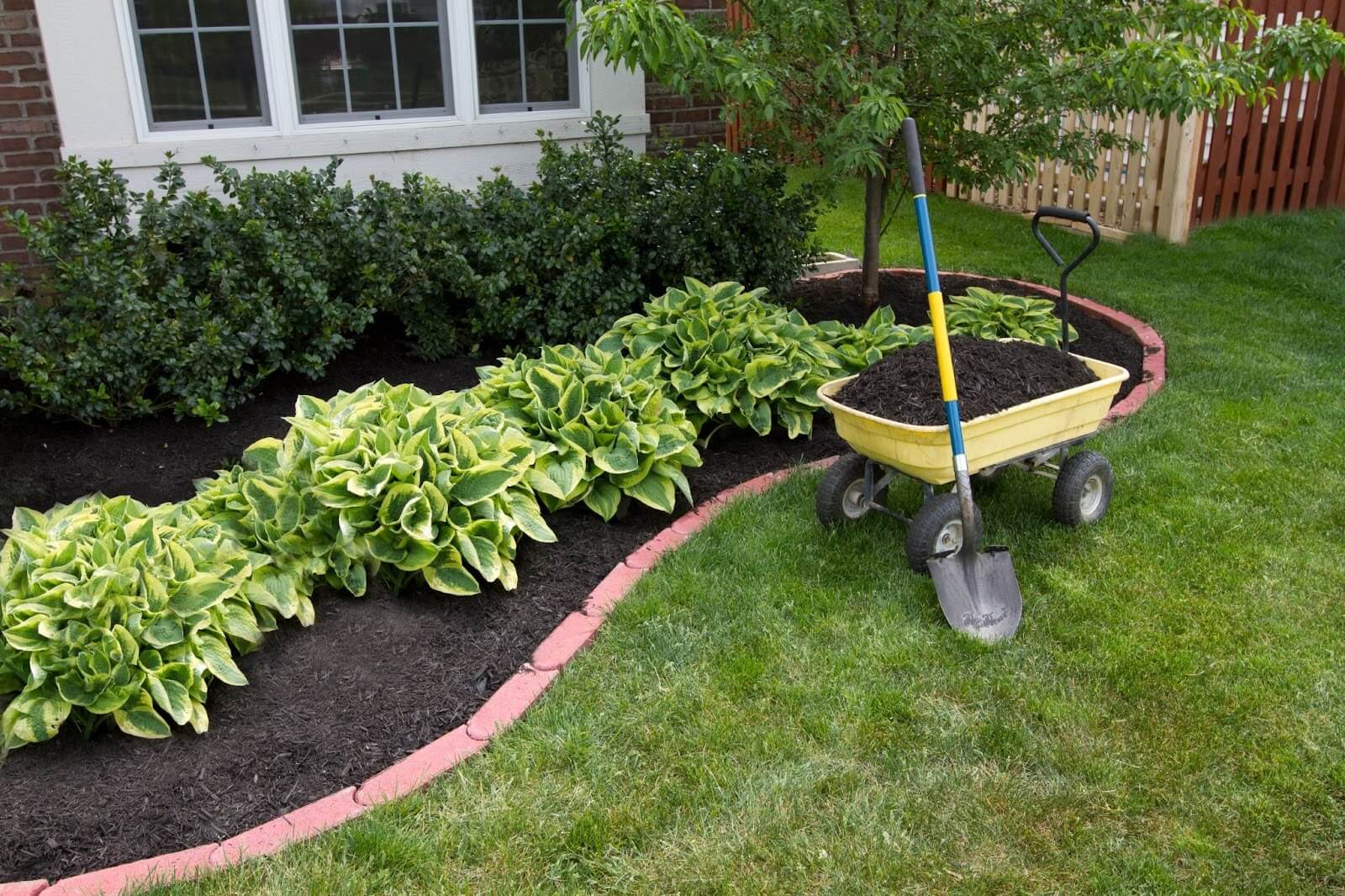Mulching is an important part of maintaining and improving your property’s landscaping, but is there a bad time to do it? Adding mulch or laying new mulch during any season isn’t a bad idea, but should you mulch at the end of summer? Read on to learn more.
The Benefits of Mulching Anytime
Mulch is a vital tool for landscapers. Whether you have a green thumb or are a professional lawn care provider like The Parke Company, mulch is something you’re going to need to become proficient in. Mulch can do a lot for lawns and gardens, as well as trees. One of the most important things that mulch does is protect the soil. Topsoil is a precious commodity in any lawn and garden because it helps protect root systems. Along roadways and other areas where traffic or pollution can occur, topsoil can help filter contaminants from rainwater, preventing them from reaching the roots. Without topsoil, many plants could be washed away, and trees might suffer from root die-off.
But what does mulch do to help topsoil? Mulch can be very absorbent, meaning it can soak up heavy rains and distribute water more slowly to the plants around it. Mulch also creates a natural barrier to protect the soil beneath it from heavy torrential rains, hail, and run-off from homes or other structures that may damage topsoil.
So if we’re in the midst of a streak of heavy rainstorms, can you mulch in the summer to help protect your garden beds? The answer is yes. There’s no bad time to mulch, so if you notice your mulch needs some replenishing, even this late in the summer, go right ahead and stock up. While most recommend mulching in the fall and spring to prepare gardens for seasonal change, there’s no single right answer for when to mulch.
Mulch is also an essential component for trees and garden plants during the winter months. A few inches of mulch around a tree during a cold snap in the fall or winter can prevent soil temperatures from reaching a critically low level, thus saving your tree or plant from root damage. If you’re outside already, enjoying the summer sun and hanging out by the pool or maintaining your flower garden, there’s no reason not to mulch in the summer. Since the late summer is generally pretty hot here in Nashville, it’s not everyone’s favorite time to work outside for too many hours. But there’s no reason it can’t be done.
Mulch is also important when trying to keep weeds at bay. Mulch can stop the weed seeds from germinating, keeping them in the dark. If stubborn weeds do crop up in spite of your mulching, they won’t have roots that are as deep because of the mulch’s intervention. This makes the act of weeding easier on your hands and a far less time-consuming task.
New Mulch in Nashville During the Summer
What about if you’re looking to install a new garden bed during the late summer months? If you’ve heard warnings against undertaking new projects in the summertime, let us give you some peace of mind. Installing a new mulched garden in the summer isn’t going to cause you any major problems. Are there better seasons for installing mulch to prevent weeds in garden beds? Of course! But that doesn’t mean it can’t be done. The main reason that people don’t often add new mulched gardens in the summer is because that’s when weeds are running rampant. During this time, it can be difficult to ensure that weeds aren’t already taking root beneath the new mulch. One way to help ensure that mulch does its job despite stubborn weeds is to rake and till the topsoil where you’re going to add mulch. This helps kill any weeds that may be developing, as most don’t have deep roots when they’re not visible above ground. When you mulch properly, you don’t need to worry about excessive weeds in a garden bed. This is especially true if you already practice proper weed and pest management on your property.
If you’re ready to mulch now, we are too. Mulch is most effective when laid properly, so it’s important to leave this work to experienced landscapers. This helps ensure that any of the risks associated with mulching in the late summer don’t crop up later in the year.
Risks of Mulching in Mid-To-Late Summer
Many of the dangers associated with mulching in Nashville during the summer don’t really depend on the season. Over-mulching is the real problem, and it doesn’t matter when you do it; it will cause trouble. Too much mulch, especially in the late summer when the rain tends to pick up, can encourage too much moisture retention. Thick beds of mulch can absorb high amounts of water, which can lead to mold and fungal growth. Besides being unsightly, mold and fungi, like mushrooms, can damage plants by taking over their territory. Mold is also a good indicator of a worse issue: your roots might be drowning. If there’s a lot of moisture above ground in the mulch, that means the soil is also heavily saturated. Roots can’t absorb all the water that heavy mulching can lead to, and this means roots are in danger of dying. This will quite quickly harm smaller plants and shrubs and can weaken trees to the point of disease as well. Moist mulch can also have the opposite effect that it has during the winter, and the temperature of the soil in the hot sun can rise to dangerous levels for your garden plants. So if you lay mulch on too thick, you may be doing a lot more harm than good for your landscaping.
Get Help Mulching the Right Way
There’s no wrong season to mulch, but there are things that can certainly go wrong if you’re mulching incorrectly in the middle or end of summer. Dispense with the guesswork when it comes to mulching this summer and call the pros at The Parke Company for a free consultation and estimate for your mulching needs.





